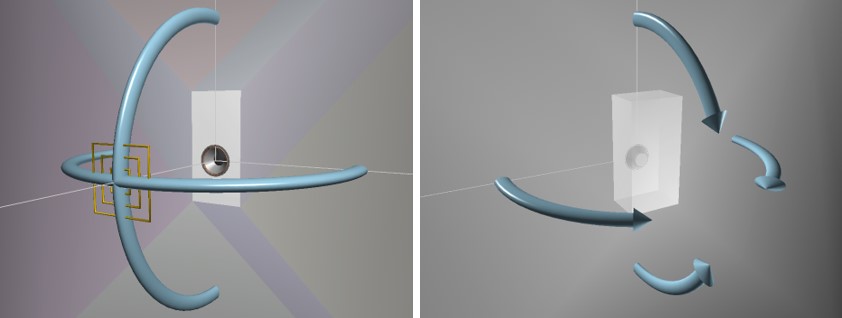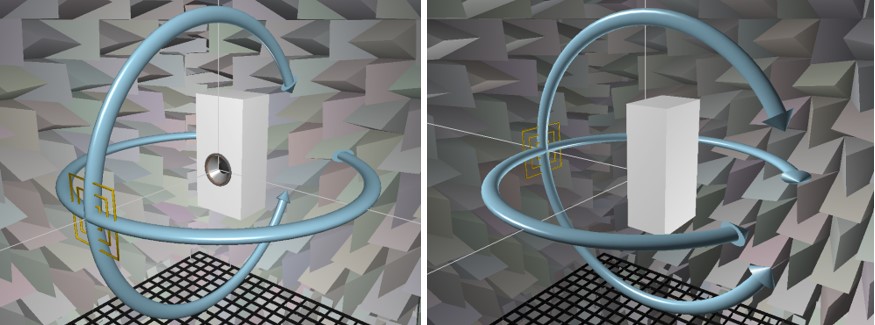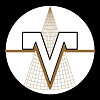DIY Loudspeaker Design

VCLLabs wants to support audio enthusiasts designing loudspeakers themselves. There are some technical pages in which the design of a loudspeaker using the transducer datasheet, a CAD tool and acoustical and electrical measurements is described.
There are two main parts, the Loudspeaker Enclosure Design and the Loudspeaker Crossover Design.
Loudspeaker Enclosure Design describes how to become the SPL, impedance, power, directivity and other curves if the transducer is mounted in an enclosure in a specific acoustical domain. These curves are needed for the crossover filter design.
Loudspeaker Crossover Design describes how a crossover filter can be designed once that all the responses of each transducer in the enclosure in a specific acoustical domain are known.
VituixCAD is chosen as CAD tool. It is freeware used by many loudspeaker designers and it has all the tools on board to do a complete design.
Loudspeaker VCL EM2 is used as Loudspeaker Design Example.
Contents
Enclosure design
- Domain Spaces

Loudspeaker enclosures can be placed in different acoustic domains. Infinite Baffle, Full Space and Half Space are frequently used in loudspeaker design and the response of the enclosure will change when simulated or measured in the various domains.
The detailed description can be found in the technical page Loudspeaker Domain Spaces. - Transducer on infinite baffle

The transducer SPL and impedance curves, and the TSP (Thiele-Small parameters) can be find in the supplier datasheet. This data is used to create a transducer model on infinite baffle with a CAD tool, for each transducer that will be used in the loudspeaker.
The curves and parameters can be checked with acoustical and electrical measurements also.
Technical page Transducer on infinite baffle.
- Transducer in enclosure on infinite baffle

Placing the transducer in an enclosure on infinite baffle will change the SPL and impedance responses. There are different enclosure or radiator types: closed box, basreflex, passive radiator, dipole and others. At first we consider the closed box enclosure and it is used in the Loudspeaker Design Example also. Other radiator types will be explained in separate technical pages.
Technical page Transducer in enclosure on infinite baffle. - Transducer in enclosure in full space

The full space domain is often described as anechoic since there are no reflections from any direction. The enclosure shape and size, and location of the transducers on the enclosure, will control the response. At low frequencies there is a substantial reduction, because the radiation is spreading out around the box into twice the available space.
It is explained how the SPL, impedance, power, directivity index and other curves of a transducer in enclosure in full space, can be simulated with the CAD tool. All these responses can be used for the crossover design of the speaker placed in the full space domain.
Technical page Transducer in enclosure in full space. - SPL off axis – Power and Directivity Index – full space

The SPL off axis curves, and the calculated power and directivity index curves are important to do the loudspeaker power stydy. The curves show how the sound is radiated in the room around the loudspeaker and how the power is behaving as a function of frequency.
Technical page SPL off axis – Power and Directivity Index – full space
Crossover Design
For the crossover design description, a closed box enclosure in a full space domain is chosen. Crossover designs in other enclosure types or in different domains will be simular as only the responses of the transducers will become different.
The crossover filter of loudspeaker VCL EM2 is chosen as crossover design example.
- Preparing a crossover design in a CAD tool
VituixCAD can be used as the CAD tool to design the complete crossover. All the curves created in the Enclosure design or curves measured by acoustical and electrical equipment, can be imported in the CAD tool and displayed in different charts.
Technical page Preparing a crossover design in a CAD tool
- Crossover filter types
Linkwitz-Riley, Butterworth, Duelund, Elliptical, all with different orders can be chosen to realize a crossover filter. Each filter type has its typical characteristics.
Technical page Crossover Filter Types - Crossover filter targets
Creating filter targets to make an exact crossover filter response conform the chosen filter type, is described.
Technical page Crossover Filter Targets - Active filter with generic filter blocks
For an active loudspeaker system, at first a schematic using generic filter blocks will be designed. Different filter block types like lowpass, highpass, bandequalizing, loshelf, hishelf and others can be chosen to realize a total filter. Afterwards each generic filter block will be transformed either to digital biquads to make a DSP filter or to analog opamp filter blocks to realize an ASP filter.
Technical page Active filter with generic filter blocks - DSP active filter using biquads
The active filter is made with digital biquads. A digital platform like miniDSP can be chosen to realize the complete digital filter.
Technical page DSP active filter using biquads - ASP active filter using opamp filter blocks
The active filter is realized with analog opamp filter blocks. Standard opamp filter blocks are described to realize each type of generic filter block.
Technical page ASP active filter using opamp filter blocks - Passive filter
The classical passive filter using coils, capacitors and resistors is described, how to realize it in the best way for the responses to fit on the filter targets.
Technical page Passive filter
Loudspeaker Design Example, VCL EM2
Loudspeaker VCL EM2 has been designed using VituixCAD and has been built. Acoustical and electrical measurements have been done. It is an interesting project to be used as an example for a loudspeaker design description. 
Transducers
- 10 inch woofer: Scanspeak 26W8534G00
- 5 inch midrange: SB Acoustics SB15NBAC30-8
- 1 inch dome tweeter: SB Acoustics SB26ADC-C000-4
Cabinet

Crossover filter
Linkwitz – Riley 4th order crossover filter at 250 and 2500 Hz.
